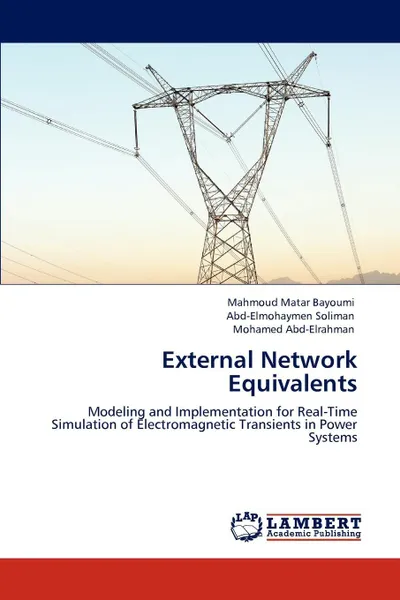External Network Equivalents 12+
2012
120 страниц
Категория: Научная литература
ISBN: 9783848405213
Язык: Английский
📙 To investigate an electromagnetic transient (emt) phenomenon within a power system, detailed representation of the overall system is neither practical due to the required computer resources and computational time, nor necessary since the emt phenomena, due to their inherent high-frequency nature, are experienced only within a limited region of the system. Therefore, only a limited part of the system, which is significantly affected and has the primary impact on the phenomenon under consideration, is modeled in details. The remaining parts of the system whose components have secondary impact on the phenomenon are replaced by frequency-dependent reduced-order equivalent models that reproduce their frequency response in the desired frequency range. This work presents an FPGA implementation for external network equivalents. Recent development and ongoing advances in microelectronics promise the Field Programmable Gate Array (FPGA) as a new but well established technology to realize real-time simulators for large, interconnected power systems. FPGA chips can provide the hardware base to carry out series, parallel and/or hybrid processing to solve the system equations.
Мнения
